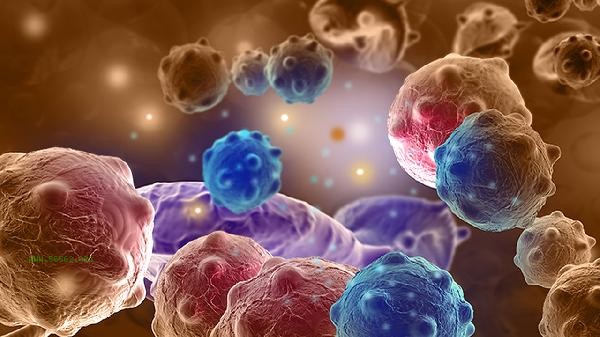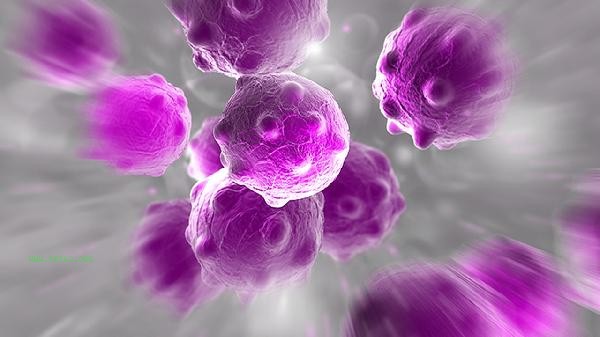High eosinophil count may be caused by allergic reactions, parasitic infections, autoimmune diseases, hematological disorders, drug reactions, etc. It can be improved through anti allergic therapy, deworming therapy, immune regulation, hematological therapy, medication adjustments, and other methods.

1. Allergic reactions:
Allergens such as pollen and dust mites stimulate the body to produce IgE antibodies, causing eosinophils to aggregate in local tissues. Commonly seen in diseases such as allergic rhinitis and asthma, characterized by symptoms such as sneezing and itching on the skin. Serum allergen testing can assist in diagnosis, and treatment should avoid exposure to allergens and use antihistamines such as loratadine.
2. Parasitic infection: After parasites such as roundworms and hookworms invade the human body, eosinophils, as immune defense cells, will significantly increase. Often accompanied by abdominal pain, weight loss, and other symptoms, fecal egg examination can confirm the diagnosis. Insecticides such as albendazole can effectively kill parasites, and after treatment, eosinophil levels can gradually return to normal. 3. Autoimmune diseases: Diseases such as eosinophilic granulomatous vasculitis can lead to abnormal proliferation of eosinophils. This type of disease is often accompanied by systemic symptoms such as fever and rash, and needs to be diagnosed through pathological biopsy. Corticosteroids such as prednisone can suppress excessive immune responses, and in severe cases, immunosuppressants such as cyclophosphamide should be used in combination. 4. Hematological disorders: Chronic eosinophilic leukemia and other hematological disorders can directly cause malignant proliferation of eosinophils in the bone marrow. The patient may exhibit symptoms such as hepatosplenomegaly and bleeding tendency, and bone marrow puncture examination can provide a clear diagnosis. The treatment plan includes targeted drugs such as hydroxyurea, and hematopoietic stem cell transplantation may be necessary if necessary.
5. Drug reactions:
Penicillin, allopurinol, and other drugs may cause hypersensitivity reactions leading to an increase in eosinophils. Usually accompanied by adverse reactions such as drug rash and fever, the indicators can usually recover on their own after stopping the medication. Severe drug allergies require the use of adrenaline for rescue, and if necessary, allergen drugs should be permanently banned.

It is found that elevated eosinophils should be identified through parasite screening, allergen testing, bone marrow examination, and other methods to determine the cause. Daily dietary hygiene should be maintained to avoid parasitic infections, and individuals with allergies should stay away from known allergens. Proper supplementation of vitamin C and Omega-3 fatty acids can help regulate immune function, but it should be noted that deep-sea fish oil may exacerbate allergic symptoms in some populations. It is recommended to recheck the changes in blood routine monitoring indicators every 3-6 months. If there is a continuous increase or accompanied by symptoms such as weight loss and night sweats, it is necessary to seek medical attention from the hematology department in a timely manner.









Comments (0)
Leave a Comment
No comments yet
Be the first to share your thoughts!